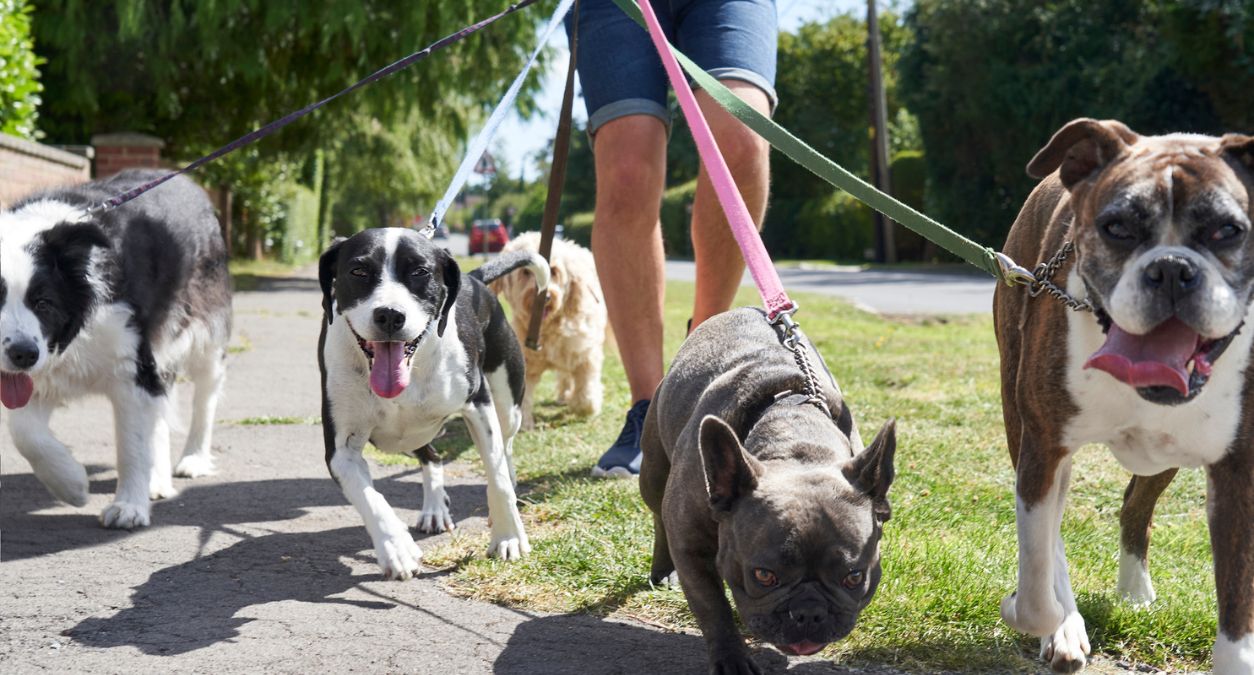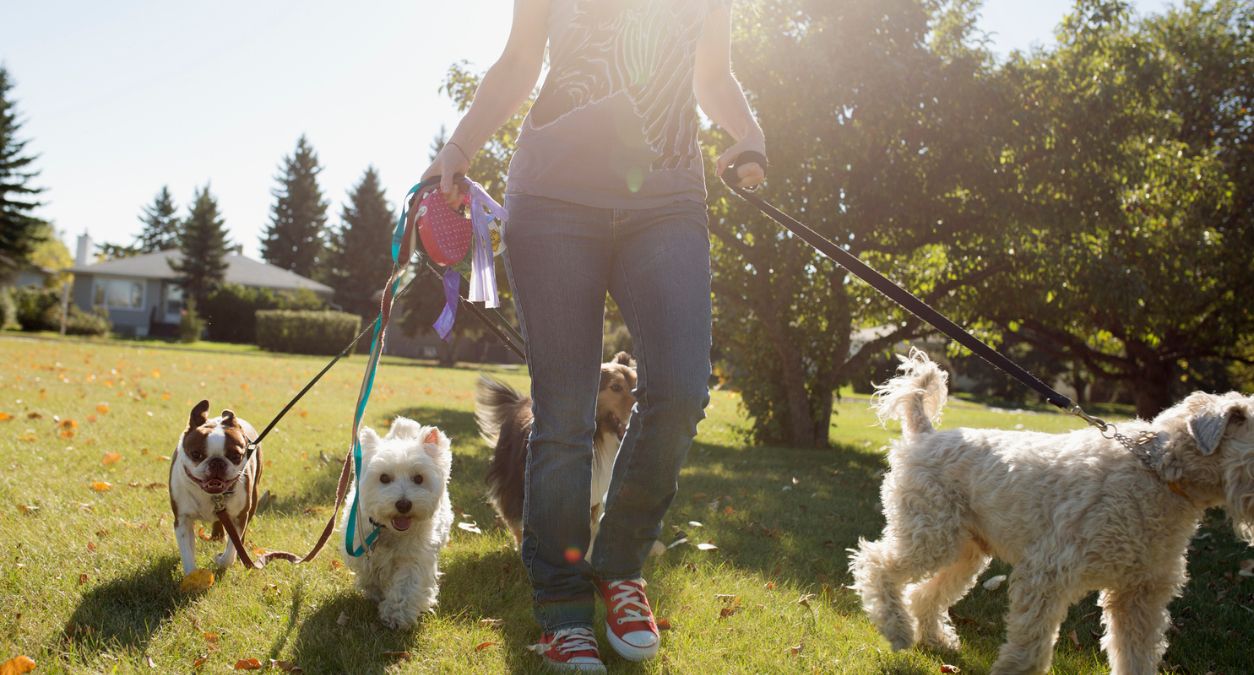Table of contents
Table of contents
When planning your big day taking out suitable wedding insurance is important to protect yourselves if anything goes wrong. This can vary from damage to the wedding dress to a requirement to cancel the big day altogether.
But how do you know when to take out wedding insurance?
The answer to that is simple, as early as possible.
Deposits paid? Take out insurance
As soon as you and your partner start paying deposits for venues and services you open yourself up to risks. What happens if the catering firm goes bust? What is the situation if the venue is inaccessible due to bad weather? With insurance in place from the outset you give yourselves the biggest possible window of cover.
The only thing to note about buying ‘as early as possible’ is that most insurance providers will only let you buy more than two years in advance. So, if you are super organised and are planning a wedding further in the future, it might be wise to hold back paying deposits and booking suppliers if possible. Otherwise, you will have no cover if something were to go wrong in the meantime.
If you have already paid a large number of deposits and have not yet purchased insurance cover, fear not. Your insurance will cover all of the deposits you have previously paid, so long as you know of no reason that could lead to a claim when taking out your policy.
What about the Honeymoon?
If you have a trip planned after your big day you may like to consider our Honeymoon insurance, which can cover your travel arrangements, medical expenses, as well as the more adventurous activities you may have planned, such as scuba diving and surfing.
*Disclaimer – This blog has been created as general information and should not be taken as advice. Make sure you have the correct level of insurance for your requirements and always review policy documentation. Information is factually accurate at the time of publishing but may have become out of date.
Last updated by
















